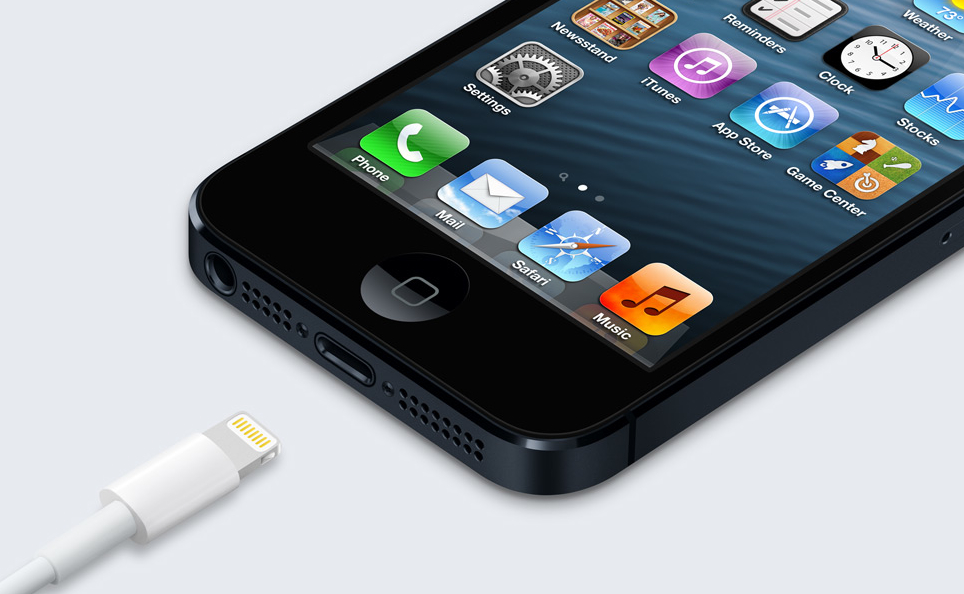French Startup Develops Wireless Internet Network Intended for Appliances
By Karla Robinson
November 29, 2012
November 29, 2012
- French startup SigFox plans to roll out a wireless network covering the whole of France with just 1,000 antennas. But unlike cellular connections for phones that demand 5,000 microwatts, SigFox’s connections will use only 100 and will connect devices, not humans.
- “SigFox is focused on connecting cheap sensors and ‘dumb’ home appliances to the Internet,” reports Technology Review. “The goal is to make all kinds of appliances and infrastructure, from power grids to microwave ovens, smarter by letting them share data.”
- Thomas Nicholls, chief of business development at SigFox, explains that the technology used for human networks is not suitable for appliances. The company developed its own radio technology called ultra narrow band that “allows devices connecting to the network to consume very little energy, says Nicholls, and it allows for very long-range connections,” notes the article.
- “Further cost savings come from operating the technology on parts of the radio spectrum that are free to use,” not the expensive licensed spectrum that cellular networks operate on. “Nicholls says it should be possible for SigFox to offer its service to a connected device for as little as $1 a year.”
- “The features that make SigFox’s network cheap to install and maintain have the downside of limiting the network’s speed. At best, it can currently transfer information at the rate of 100 bits per second; 3G mobile networks move data at least 1,000 times faster. That rules out some visions for the Internet of Things, such as distributing cheap video cameras or microphones across the world. But Nicholls says that his company’s focus is on making it cheap to install Internet-connected sensors.”
- SigFox connections could replace Wi-Fi as the standard for medical devices and gadgets because they maintain constant connection.

